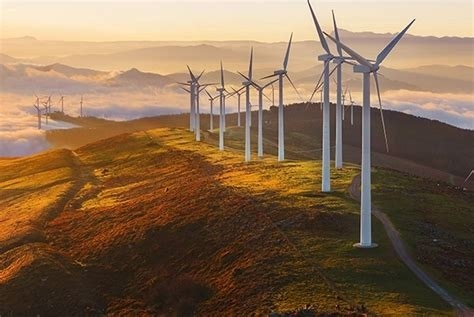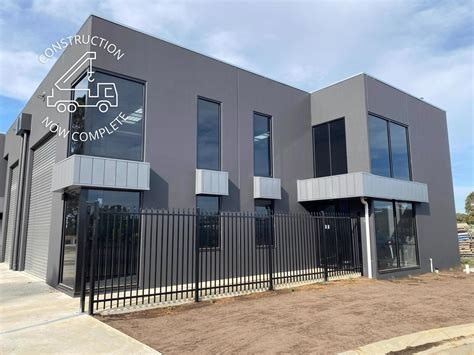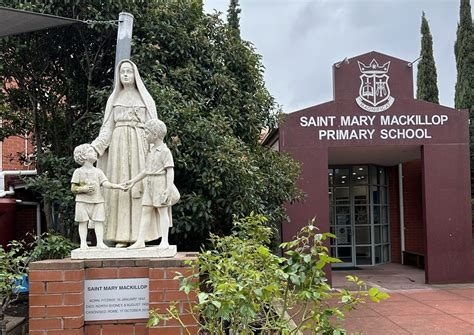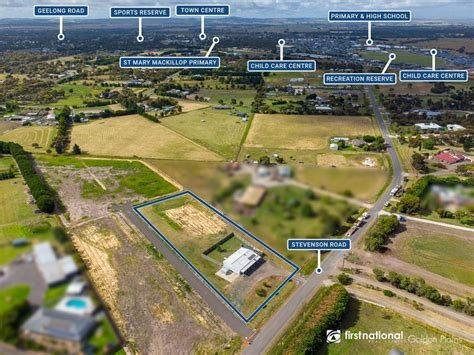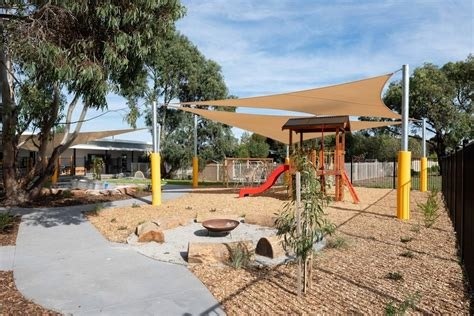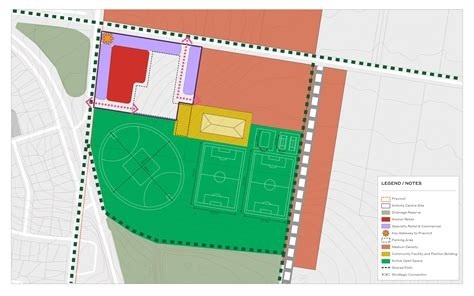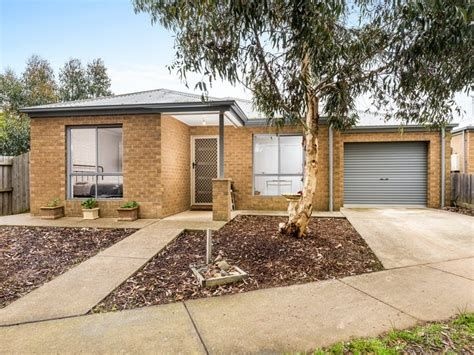Chart Color Schemes
est. as @ -- *
ABS ERP | -- people | --
2021 Census | -- people
Sales Activity
Curious about local property values? Filter the chart to assess the volume and appreciation (including resales) trends and regional comparisons, or scroll to the map below view this information at an individual property level.
Find a Recent Sale
Sales Detail
Population
Bannockburn lies within the top 10% of areas nationally in terms of population growth performance according to AreaSearch analysis of short and medium-term trends
Bannockburn's population is approximately 8,755 as of August 2025, reflecting a 1,001 person increase (12.9%) since the 2021 Census which reported a population of 7,754. This change was inferred from the estimated resident population of 8,299 in June 2024 and an additional 294 validated new addresses since the Census date. The population density is 45 persons per square kilometer. Bannockburn's growth rate exceeded the non-metro area (5.5%) and the national average, marking it as a regional growth leader. Interstate migration contributed approximately 69.9% of overall population gains recently. AreaSearch uses ABS/Geoscience Australia projections for each SA2 area released in 2024 with a base year of 2022, and VIC State Government's Regional/LGA projections adjusted employing weighted aggregation from LGA to SA2 levels for areas not covered by ABS data.
Growth rates by age group are applied across all areas for years 2032 to 2041. Population projections predict exceptional growth in Bannockburn, placing it in the top 10% of Australia's non-metropolitan areas. The area is expected to grow by 6,136 persons to 2041 based on latest numbers, recording a gain of 64.9% over the 17 years.
Frequently Asked Questions - Population
Development
AreaSearch assessment of residential development activity positions Bannockburn among the top 25% of areas assessed nationwide
Bannockburn has received approximately 94 dwelling approvals per year. Development approval data is provided by the ABS on a financial year basis, totalling 471 approvals over the past five financial years from FY20 to FY25, with 12 approvals recorded so far in FY26. An average of 2.7 people have moved to the area per new home constructed over these five years, reflecting strong demand that supports property values. New homes are being built at an average expected construction cost value of $519,000.
In this financial year, $9.1 million in commercial approvals have been registered, indicating the area's residential character. Compared to the Rest of Vic., Bannockburn demonstrates comparable building activity per person, contributing to market stability aligned with regional trends. The majority of new building activity consists of detached dwellings (96.0%), with a smaller proportion of medium and high-density housing (4.0%), preserving the area's low density nature and attracting space-seeking buyers.
There are approximately 168 people per dwelling approval in Bannockburn, suggesting an expanding market. By 2041, Bannockburn is projected to grow by 5,679 residents. Development activity is keeping pace with projected growth, though increasing competition among buyers may arise as the population expands.
Frequently Asked Questions - Development
Infrastructure
Bannockburn has emerging levels of nearby infrastructure activity, ranking in the 26thth percentile nationally
Changes to local infrastructure significantly impact an area's performance. AreaSearch identified 10 projects potentially affecting the region. Notable initiatives include Brand New Commercial Spaces in Bannockburn, St Mary MacKillop Catholic Primary School Upgrade, Bannockburn South East Precinct Structure Plan, and Bannockburn North West Development Plan Area. The following list details those most relevant.
Professional plan users can use the search below to filter and access additional projects.
INFRASTRUCTURE SEARCH
Frequently Asked Questions - Infrastructure
Geelong Fast Rail
A major rail infrastructure upgrade to deliver faster train services between Melbourne and Geelong, reducing travel time to 32 minutes. The project includes track duplications, station upgrades, and new signaling systems.
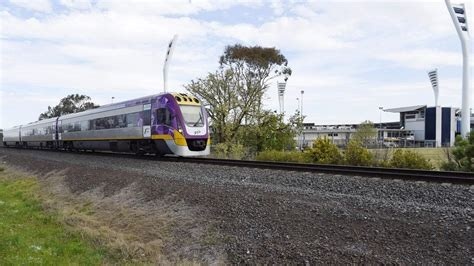
University Hospital Geelong Children's Emergency Department
$20 million dedicated children's emergency department at University Hospital Geelong featuring 28 treatment spaces including two fast-track and eight short-stay beds, new treatment rooms, support areas, separate paediatric triage system, waiting area, play area, and calming design to provide a private and reassuring environment for children and families.
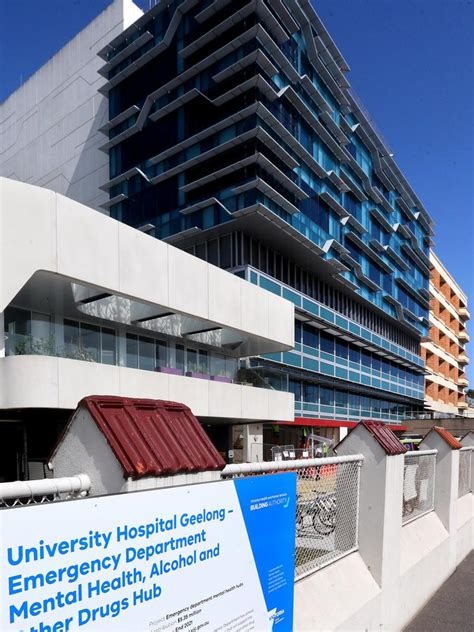
Lovely Banks Development
A masterplanned community development in Lovely Banks near Geelong, featuring 15,000 new homes across 5 distinct neighbourhoods, 6 schools, 3 activity centres, extensive community facilities, and green spaces. Built on a plateau with 200-degree views of Geelong, Corio Bay, and Melbourne, the development will house up to 40,000-45,000 residents. The project includes signature parks, a skyline botanical garden, town centres with retail, hospitality and commercial premises, and is designed around sustainable One Planet Living Principles. Partnerships with community organizations will deliver social housing, employment opportunities, and environmental initiatives.
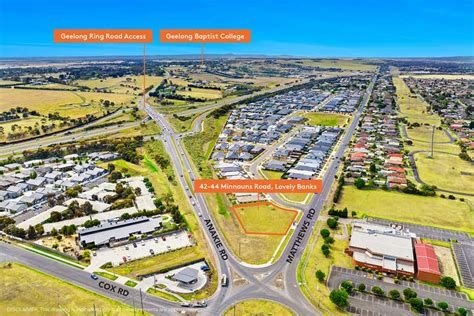
Northern and Western Geelong Growth Areas
The largest greenfield planning project in regional Victoria, spanning over 5,500 hectares to accommodate 110,000 new residents. The project includes multiple Precinct Structure Plans (PSPs) including Creamery Road, Elcho Road East, Elcho Road West, and Batesford North. The Creamery Road PSP is progressing toward Council adoption, with federal environmental approvals being secured concurrently. A Standing Advisory Committee was established in 2023 to advise on planning matters.
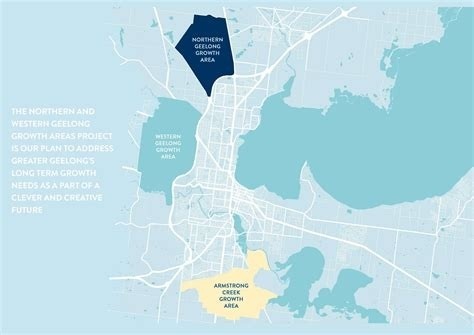
Geelong Ring Road Northern Section
A new northern section of the Geelong Ring Road to improve traffic flow and connectivity around Greater Geelong. The project will connect the Princes Freeway to the Hamilton Highway via a new bypass route.
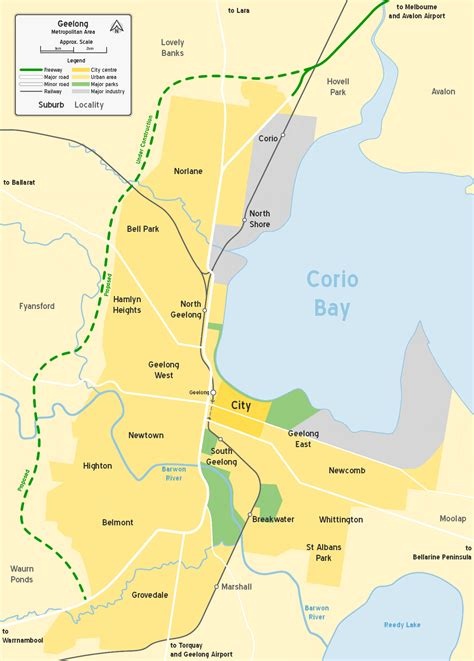
Northern and Western Geelong Growth Areas
The Northern and Western Geelong Growth Areas is the largest urban growth project in regional Victoria, covering over 5,300 hectares and planned to accommodate more than 110,000 new residents through the development of multiple precincts, including ongoing preparation of Precinct Structure Plans, Development Contributions Plans, and strategic environmental assessments.
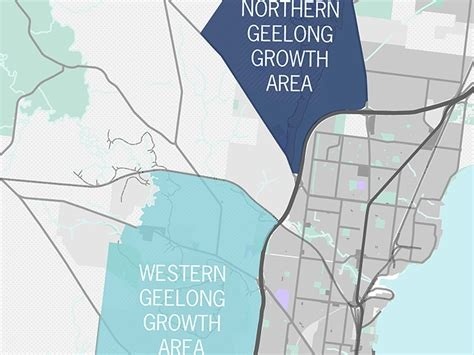
Creamery Road Precinct Structure Plan
A major master-planned community in the Western Geelong Growth Area spanning 344.57 hectares with approximately 200 hectares developable. The precinct will provide over 3,500 new dwellings for approximately 10,200 residents. The plan includes comprehensive community infrastructure such as schools, sporting fields, childcare centers, arterial roads, transport corridors, stormwater drainage, shared paths, parks, and nature reserves. The development prioritizes sustainable transport with public transit, walking, and cycling connections between key community facilities. Adopted by Council in August 2024, the plan underwent Standing Advisory Committee review in April 2025 with Volume 1 report released June 2025. The project features reduced infrastructure levies to improve affordability and development efficiency in one of regional Victoria's largest urban growth initiatives.
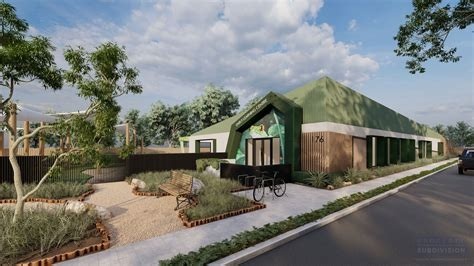
Gnarwarre BESS
A 250 MW / 500 MWh grid-forming battery energy storage system located about 1 km north-west of Gnarwarre in Victoria, within Surf Coast Shire. Following financial close in August 2025 and award of EPC to Samsung C&T, the project is now in construction with operations targeted for 2026. The facility will deliver firming services and improve grid stability via connection to the nearby 220 kV transmission line.
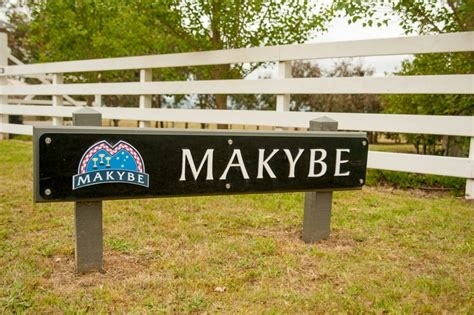
Employment
Bannockburn ranks among the top 25% of areas assessed nationally for overall employment performance
Bannockburn has a skilled workforce with low unemployment at 2.4% as of June 2025. Employment growth over the past year was estimated at 2.2%.
The unemployment rate is 1.3% lower than Rest of Vic.'s rate of 3.8%, and workforce participation is high at 68.5% compared to Rest of Vic.'s 57.4%. Key industries include construction, health care & social assistance, and retail trade. Construction employment is particularly prominent, with an employment share 1.5 times the regional level. Agriculture, forestry & fishing, however, is under-represented at 3.4% compared to Rest of Vic.'s 7.5%.
Employment opportunities locally may be limited based on Census data comparison. In the 12-month period ending June 2025, employment increased by 2.2%, labour force by 2.3%, leading to a slight unemployment rise of 0.1 percentage points. By contrast, Rest of Vic. saw employment decline by 0.9% and unemployment rise by 0.4 percentage points. Statewide in Victoria as of Sep-25, employment grew by 1.08% year-on-year, with an unemployment rate of 4.7%, slightly higher than the national rate of 4.5%. Jobs and Skills Australia's forecasts indicate national employment growth of 6.6% over five years and 13.7% over ten years. Applying these projections to Bannockburn's employment mix suggests local growth of approximately 6.2% over five years and 13.0% over ten years, based on a simple weighting extrapolation for illustrative purposes.
Frequently Asked Questions - Employment
Income
The area exhibits notably strong income performance, ranking higher than 70% of areas assessed nationally through AreaSearch analysis
Bannockburn's median income among taxpayers was $55,524 in financial year 2022. The average income stood at $68,311 during the same period. These figures compare to the Rest of Vic.'s median and average incomes of $48,741 and $60,693 respectively. Based on a Wage Price Index growth of 10.11% since financial year 2022, current estimates for Bannockburn's median income would be approximately $61,137 as of March 2025, with the average income estimated at around $75,217 during the same period. According to Census 2021 data, incomes in Bannockburn cluster around the 68th percentile nationally for household, family, and personal incomes. The earnings profile shows that 37.7% of individuals earn between $1,500 and $2,999 annually, which is similar to patterns seen at regional levels where approximately 30.3% fall within this income range. Housing costs account for 13.7% of total income in Bannockburn, with residents ranking highly in terms of disposable income, placing them in the 79th percentile nationally. The area's SEIFA income ranking places it in the 6th decile.
Frequently Asked Questions - Income
Housing
Bannockburn is characterized by a predominantly suburban housing profile, with a higher proportion of rental properties than the broader region
Bannockburn's dwelling structure, as per the latest Census, consisted of 96.3% houses and 3.6% other dwellings (semi-detached, apartments, 'other' dwellings). Non-Metro Vic., meanwhile, had 98.0% houses and 2.0% other dwellings. Home ownership in Bannockburn was at 31.6%, with mortgaged properties at 58.0% and rented ones at 10.4%. The median monthly mortgage repayment was $1,907, higher than Non-Metro Vic.'s average of $1,800. The median weekly rent in Bannockburn was $386, compared to Non-Metro Vic.'s $330. Nationally, Bannockburn's mortgage repayments exceeded the Australian average of $1,863, while rents were higher than the national figure of $375.
Frequently Asked Questions - Housing
Household Composition
Bannockburn features high concentrations of family households, with a higher-than-average median household size
Family households constitute 86.0% of all households, including 48.1% couples with children, 28.0% couples without children, and 9.5% single parent families. Non-family households account for the remaining 14.0%, with lone person households at 13.0% and group households comprising 0.9%. The median household size is 3.0 people, larger than the Rest of Vic. average of 2.8.
Frequently Asked Questions - Households
Local Schools & Education
The educational profile of Bannockburn exceeds national averages, with above-average qualification levels and academic performance metrics
The area faces educational challenges, with university qualification rates at 19.1%, significantly lower than Victoria's average of 33.4%. This presents both a challenge and an opportunity for targeted educational initiatives. Bachelor degrees are the most common, with 13.3% of residents holding one, followed by graduate diplomas (3.1%) and postgraduate qualifications (2.7%). Trade and technical skills are prominent, with 44.4% of residents aged 15+ having vocational credentials – advanced diplomas at 12.3% and certificates at 32.1%.
Educational participation is high, with 32.8% of residents currently enrolled in formal education. This includes 13.2% in primary education, 9.7% in secondary education, and 2.8% pursuing tertiary education. The area has two schools serving a total of 1,222 students: St Mary MacKillop Catholic Primary School and Bannockburn P-12 College. Bannockburn demonstrates typical Australian school conditions with balanced educational opportunities (ICSEA score: 1016). The educational mix includes one primary and one K-12 school. School capacity exceeds residential needs, with 14.2 places per 100 residents compared to the regional average of 9.9, indicating that the area serves as an educational center for the broader region.
Frequently Asked Questions - Education
Schools Detail
Nearby Services & Amenities
Transport
Transport servicing is very low compared to other areas nationally based on assessment of service frequency, route connectivity and accessibility
Transport analysis indicates five active public transport stops in Bannockburn. These stops serve a mix of bus routes, totaling seven different lines that facilitate 65 weekly passenger trips combined. Residents' access to public transportation is rated as limited, with an average distance of 1029 meters to the nearest stop.
The service frequency across all routes averages nine trips per day, equating to approximately thirteen weekly trips per individual stop.
Frequently Asked Questions - Transport
Transport Stops Detail
Health
Bannockburn's residents are healthier than average in comparison to broader Australia with prevalence of common health conditions quite low among the general population though higher than the nation's average across older, at risk cohorts
Bannockburn's health data shows relatively positive results, with a low prevalence of common health conditions among its general population.
However, this prevalence is higher than the national average among older and at-risk cohorts. Approximately 54% (~4,701 people) of Bannockburn residents have private health cover. The most prevalent medical conditions are asthma (9.4%) and mental health issues (8.3%). Notably, 69.5% of residents claim to be completely free from medical ailments, compared to 68.7% across the rest of Victoria. Bannockburn has a lower proportion of seniors aged 65 and over at 13.4% (1,169 people), compared to 15.4% in the rest of Victoria. While health outcomes among seniors require more attention than the broader population, the overall figures suggest that Bannockburn residents generally enjoy good health.
Frequently Asked Questions - Health
Cultural Diversity
Bannockburn is considerably less culturally diverse than average when assessed alongside AreaSearch's national rankings for language and cultural background related metrics
Bannockburn's cultural diversity was found to be below average, with 90.2% of its population born in Australia, 93.1% being citizens, and 96.0% speaking English only at home. The dominant religion in Bannockburn is Christianity, making up 48.2% of the population, compared to 45.6% across the Rest of Vic. The top three ancestry groups based on country of birth of parents are Australian (32.8%), English (29.4%), and Irish (8.7%).
Notably, Dutch representation is higher in Bannockburn at 2.4%, compared to 2.3% regionally, Croatian at 1.4% versus 0.8%, and Hungarian at 0.4% against 0.3%.
Frequently Asked Questions - Diversity
Age
Bannockburn's population is slightly younger than the national pattern
The median age in Bannockburn is 36 years, which is significantly lower than Rest of Vic.'s average of 43 years and somewhat younger than Australia's median age of 38 years. The 5-14 age group comprises 16.9% of the population, higher than Rest of Vic., while the 65-74 cohort makes up 8.0%. Post-2021 Census data indicates that the 35 to 44 age group has grown from 14.8% to 16.7% of the population. Conversely, the 45 to 54 cohort has decreased from 13.8% to 13.0%. Population forecasts for the year 2041 suggest substantial demographic changes in Bannockburn, with the 25 to 34 age group projected to grow by 103%, reaching 2,013 people from 993.
